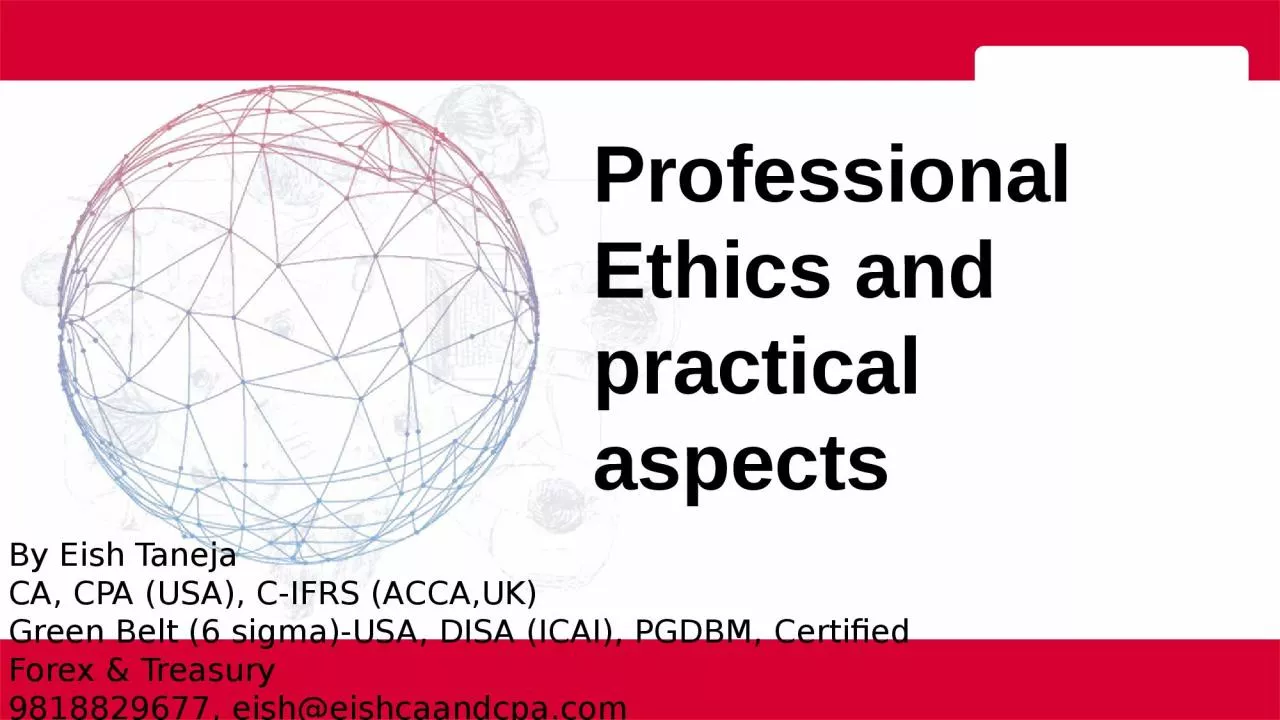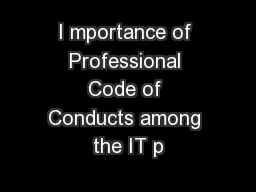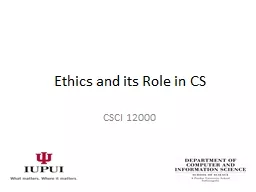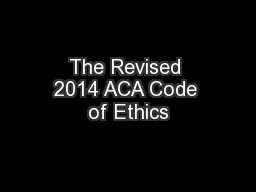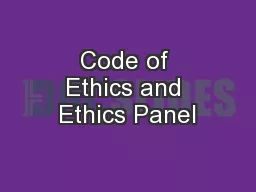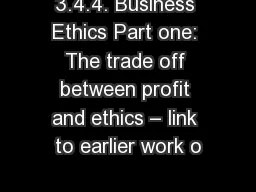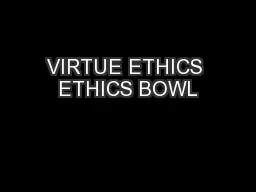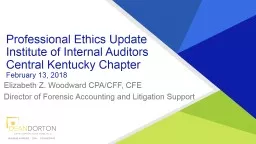PPT-10 Professional Ethics and
Author : queenie | Published Date : 2023-09-19
practical aspects By Eish Taneja CA CPA USA CIFRS ACCAUK Green Belt 6 sigmaUSA DISA ICAI PGDBM Certified Forex amp Treasury 9818829677
Presentation Embed Code
Download Presentation
Download Presentation The PPT/PDF document "10 Professional Ethics and" is the property of its rightful owner. Permission is granted to download and print the materials on this website for personal, non-commercial use only, and to display it on your personal computer provided you do not modify the materials and that you retain all copyright notices contained in the materials. By downloading content from our website, you accept the terms of this agreement.
10 Professional Ethics and: Transcript
Download Rules Of Document
"10 Professional Ethics and"The content belongs to its owner. You may download and print it for personal use, without modification, and keep all copyright notices. By downloading, you agree to these terms.
Related Documents

